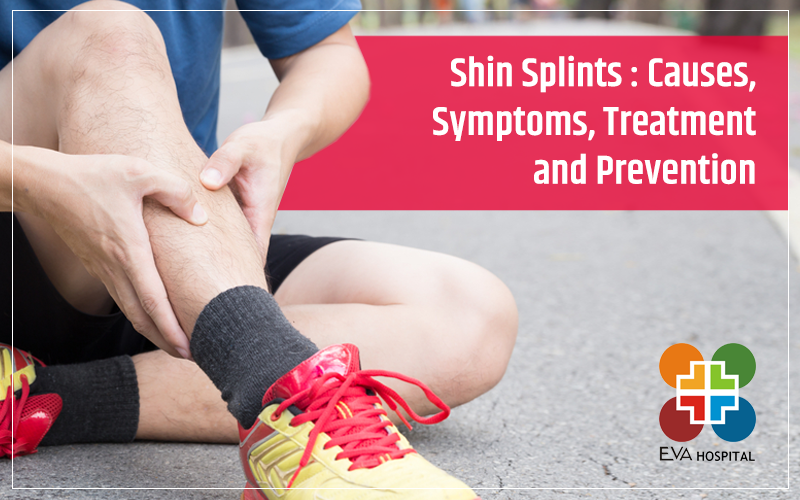
Shin Splints: Causes, Symptoms, Treatment and Prevention
Shin splints are one of the many conditions common among sportspersons and people who are physically extremely active. Typically, a problem associated with excessive use of the shin bone, leg muscles, and tendons, one can develop this condition due to overloading of these parts.
What are shin splints?
Medically known as the medial tibial stress syndrome, shin splints are a condition in which there is inflammation and aching along your shinbone. The cause of this discomfort could be overuse and stress on the shinbone and the tissue that connects this bone with the muscle. Runners, gymnasts, dancers, and military personnel are at higher risk of developing shin splints.
Shin splints: Symptoms
- Tenderness along or behind the large bone in the lower leg
- Sharp or dull, aching pain in the front of your shin in one or both legs
- Pain when you push on your shins
- Pain during and after exercise
- Pain even when you are not walking
- Mild swelling in your lower leg
What can cause shin splints?
- Running
- Excess physical activity
- Repetitive activity
- The sudden increase in physical activity
- Poor quality footwear
- Workouts & activities involving sudden, halting movements
- Wrong workout techniques that pressure leg muscles and shin bone
- Working out on hard surfaces
- Flat feet
- High arches
Shin splints: Treatment
In most cases, this issue can be resolved by rest, icing, and pain relievers. Aside from complete rest spanning a period of 2 to 4 weeks, icing the affected areas at least twice a day is recommended. You will have to temporarily put on hold all the activities and workouts causing stress to the shin bone. Including training exercises that strengthen your leg muscles and shin bone is also highly recommended. In case the above remedies don’t yield the desired results, you may have to see a doctor to rule out the possibility of tendonitis.
Healing period
Depending on the severity and cause of the problem, it might take from a couple of weeks to 3-6 months for shin splints to fully disappear.
Shin splints: Prevention
- Wear doctor recommend footwear
- Gradually and not abruptly intensify your training regime
- Modify your exercise routine
- Add strength training to your workout
- Don’t work out on rough surfaces
- Running on the concrete surface is not recommended
- Running shoes with a stiff heel and special arch support
Read More: How to Minimize the Risk of Sports Injury?
FAQs
What is a shin splint?
The pain in the large bone in the front of your lower leg, named the tibia, is known as shin splints.
What medicine can help with the pain caused by shin splints?
Medicines such as ibuprofen can help with the pain.







